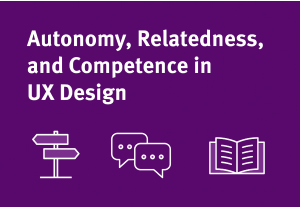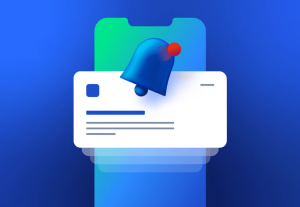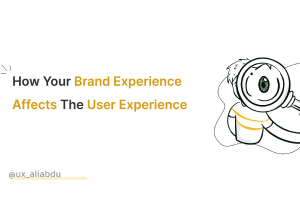- Behavioral Science, Conversational Design, Customer Experience, Design, Design Theory, Human factors, Product design
Addressing these 3 fundamental psychological needs in our products increases user motivation and well-being. Users will be more engaged and more likely to use our designs.
Article by Tanner Kohler
Autonomy, Relatedness, and Competence in UX Design
- The self-determination theory explains how three basic psychological needs — autonomy, relatedness, and competence — drive human motivation:
- Autonomy: Users value products they can customize to their needs and preferences.
- Relatedness: Products that relate to users’ needs and perspectives strengthen relationships and increase satisfaction.
- Competence: Clear and compelling design helps users become competent using the system, leading to positive outcomes.
- When it’s challenging to accommodate autonomy, relatedness, and competence in a single design, testing with potential users can help determine which need is the most important.
Share:Autonomy, Relatedness, and Competence in UX Design
Share this link
- April 11, 2023
11 min read







